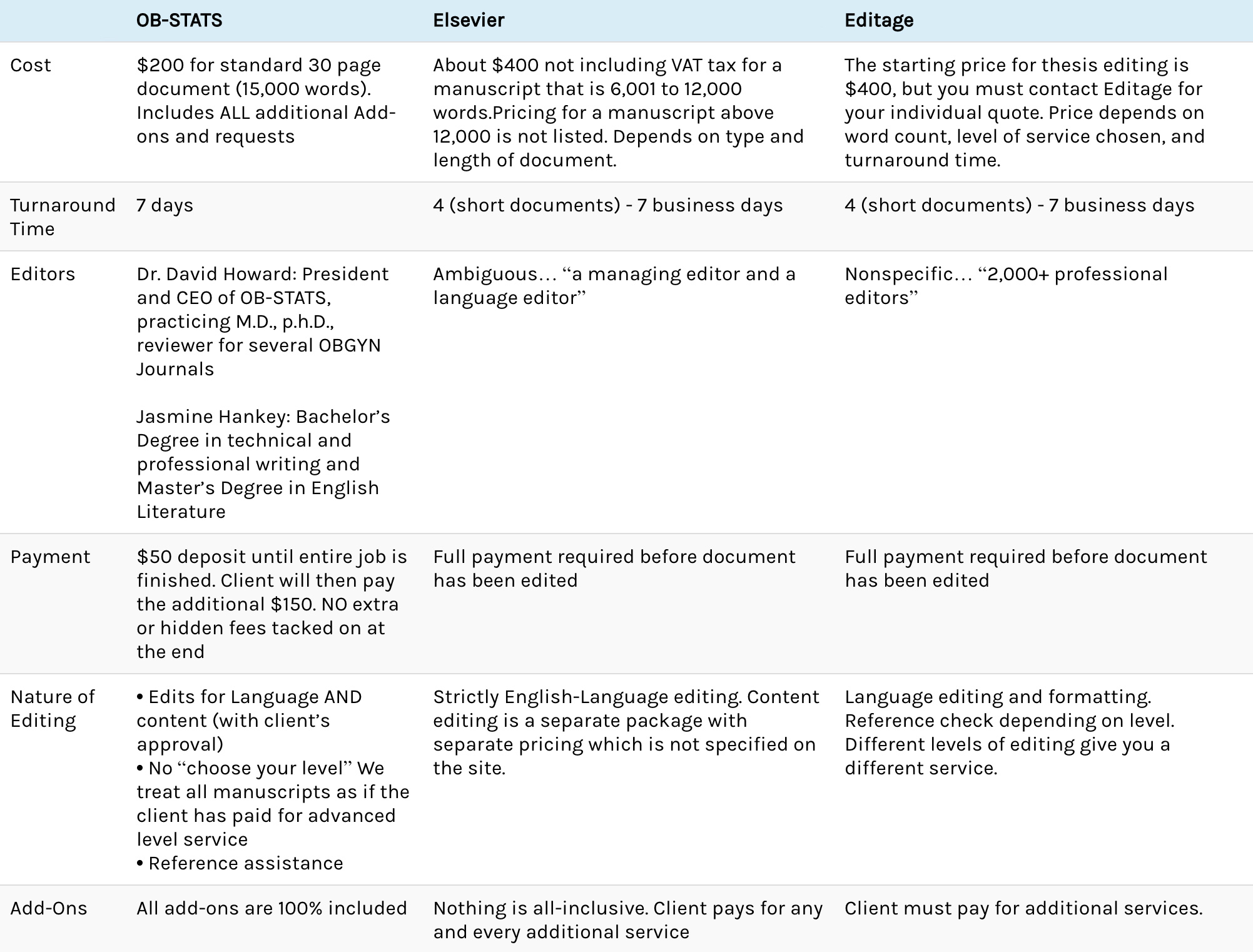I like to think about data collection from the moment I begin designing my study, rather than waiting until I begin collecting data. This allows me to thoughtfully ensure that data collection is organized by creating the data collection tables that will be included in the manuscript before data collection takes place. By thinking at the outset about how results will be presented, I will know how to organize my data collection efforts for maximum efficiency. It is unfortunate to not effectively collect data and have to recollect data or have the study be completely ruined!
Several Different Kinds of Data and Many Ways to Collect it
To figure out how you want to collect data, you will need to consider that there are many different types of data you could be collecting, such as data from surveys, medical charts, blood draws or human tissue obtained from surgical procedures, or animal subjects. These kinds of data can be collected in many different ways, so thinking early about your data collection methods will pay off when you end up with the data you need to draw conclusions at the end of your study.
Preventing Error When Collecting Data
Essentially, there are two ways to collect data: by paper or electronically. When you collect data by paper, you have a hardcopy paper trail to fall back on, should electronics ever fail. However, someone will have to enter the data manually into statistical computer software, and there are chances of human data entry error. To help prevent or correct these kinds of errors, have another person check the work of the person entering data, and use a software system such as a customized Excel spreadsheet to help you enter data accurately.
If you collect data electronically, you can reduce some of the inefficiency and errors found when using paper data collection methods. Data collection software can also help you, for they are specifically designed to collect data electronically in whatever method is most helpful for your study. Check out Project REDCap, SurveyMonkey, and Microsoft Excel and Access for examples of software you could use. Remember to back up your data to prevent losses should your electronics fail!
No matter the method you use to collect data, think about how you will go about data collection early on when designing your study to ensure that you collect your data as efficiently and accurately as possible.
Research Project Tip
Are you tired of tedious data entry and errors that affect your results? Consider using a customized Excel spreadsheet to standardize your data entry. By using Data Validation in Excel, you can input predetermined values that allow the person doing manual data entry to select the value, rather than typing it in each time.
Data Validation will reduce the number of typos and capitalization differences (e.g. Man versus man, since Excel will interpret each of these values as different due to the capitalization inconsistencies) that you must sift through before running your data through statistical analysis.

Connect with OB-STATS and Learn How To Do A Research Project
The OB-STATS CME course “How To Do A Research Project” can help you during every step of the research process. You can also earn CME credit by signing up for the course. The course was developed Dr. David Howard, an avid researcher and medicine practitioner. If you are interested in signing up for the course for $35.00, click below.
